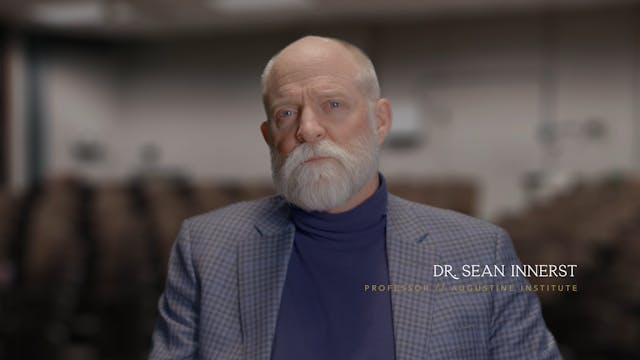Hospice care keeps a patient as comfortable as possible for the remainder of life after ceasing aggressive treatment.
After a patient’s condition no longer improves, they may choose to discontinue curative treatment. Instead of frequent hospital visits, the focus becomes on managing pain and other symptoms from home or a hospice facility. Hospice—a subset of palliative care—supports the physical, mental, emotional, and spiritual well-being of the patient and family. Transitioning to hospice can be a good decision when patients and their families need external aid or desire to remain in their own house, apartment, or nursing home.
“Patients can use hospice to have the best possible life with the time that they have left.”
It’s a common misconception that hospice caregivers stay with patients at all hours. Instead, hospice providers check in—two or three times per week, for example—to ensure patients remain comfortable and receive any medications they may need. Caregivers at facilities like hospice houses do stay with patients around the clock as patients typically only enter these centers during the last days or week of life.
Up Next in Supplemental Videos
-
What Does the Priest Do at an Anointing?
-
What is Hell?
Hell is eternal separation from God. Scripture and the saints describe hell as darkness, a lake of fire, unimaginable suffering, and torment with no end.
God created us with freedom, asking us to choose or reject eternal life with him. God makes us free because love must be free. He must suffe...
-
What is Heaven?
Heaven is perfect communion with perfect love. It is the entrance into the divine life of the Triune God, who is all truth, love, and beauty.
Heaven is above and beyond the capacity of human words to describe. Our imagination cannot fathom heaven's glories and the joys God promises us if only ...



